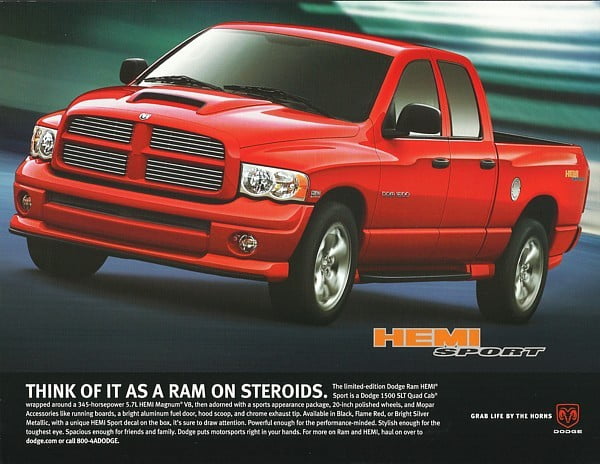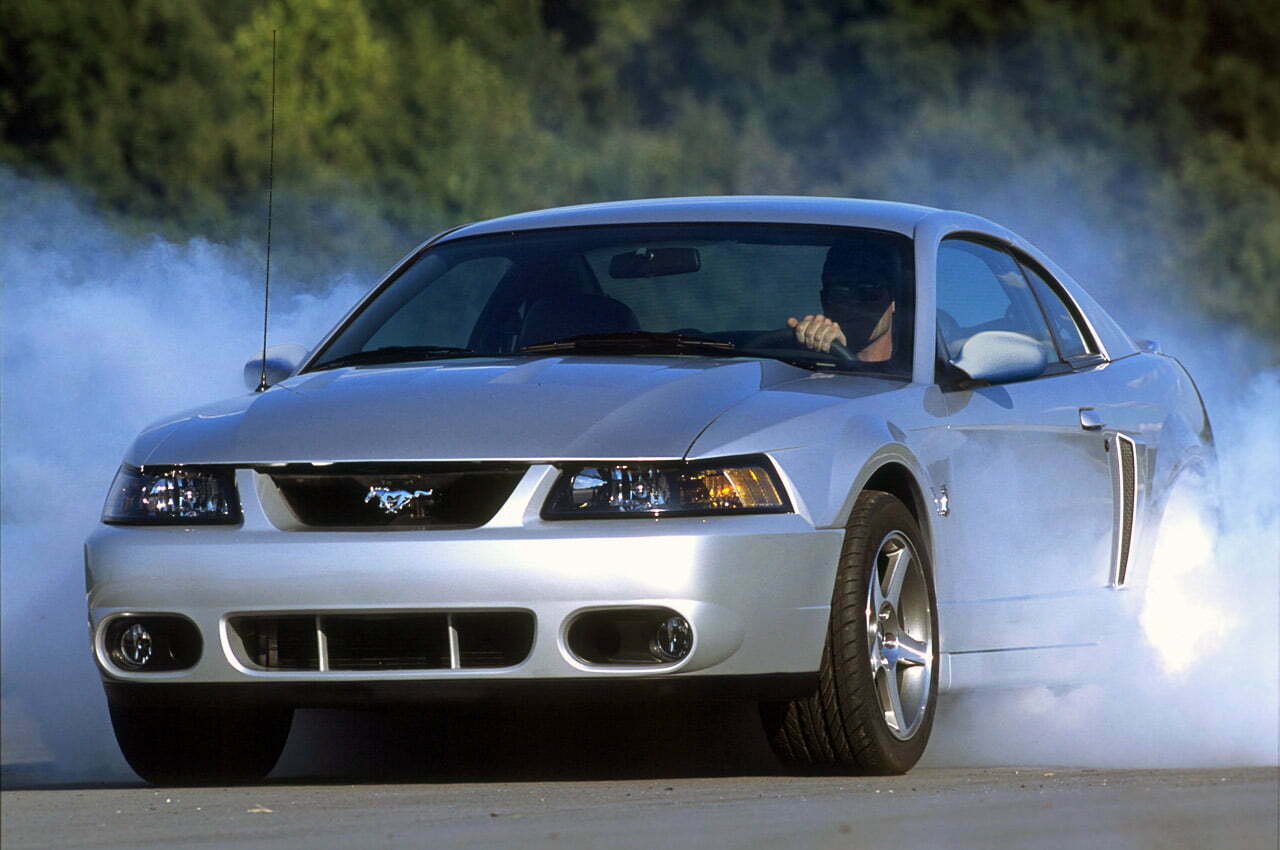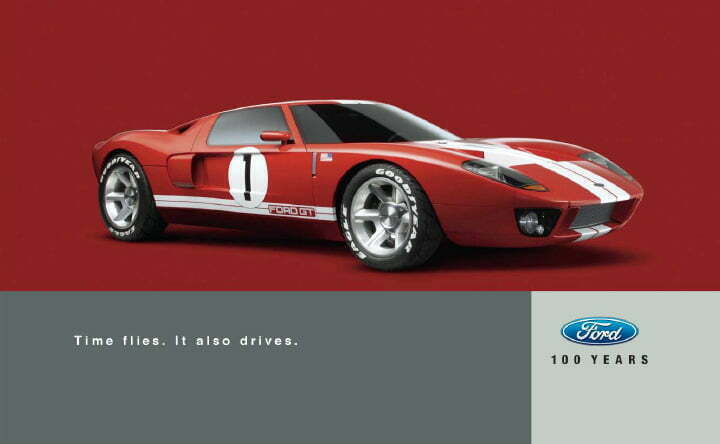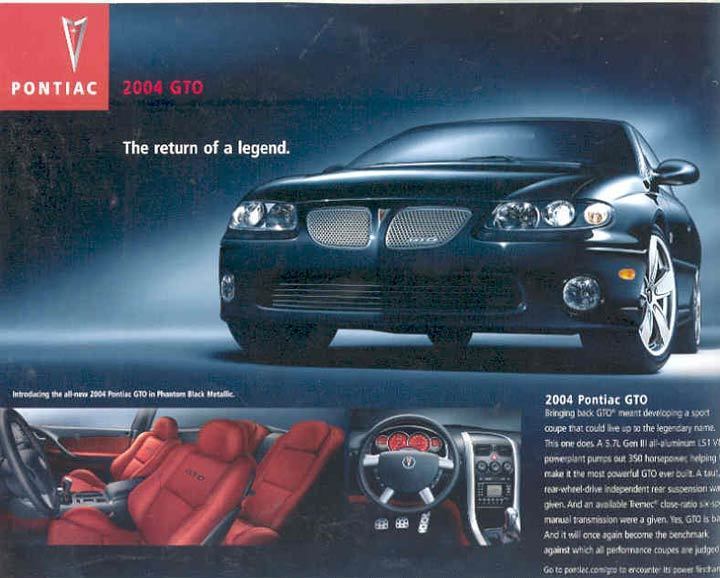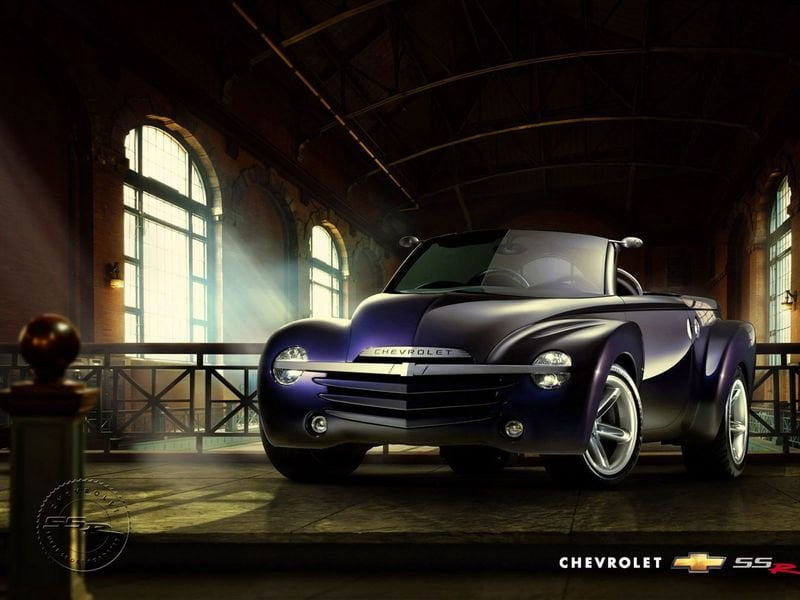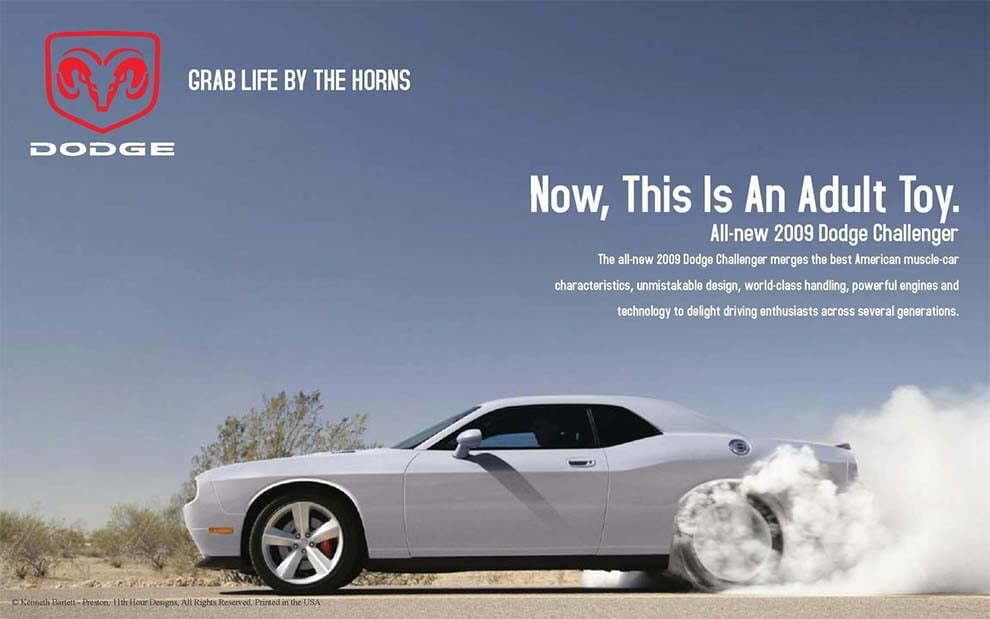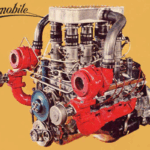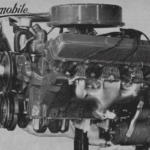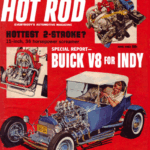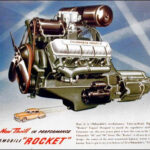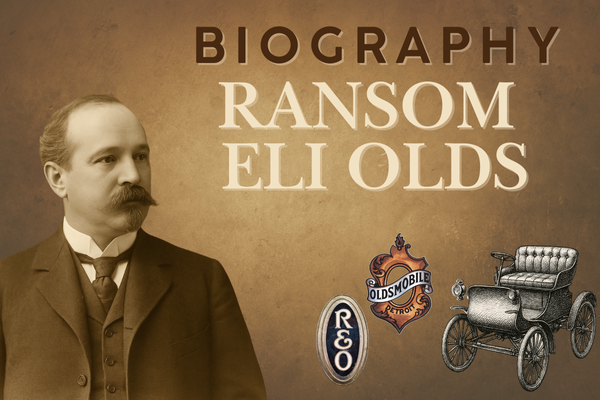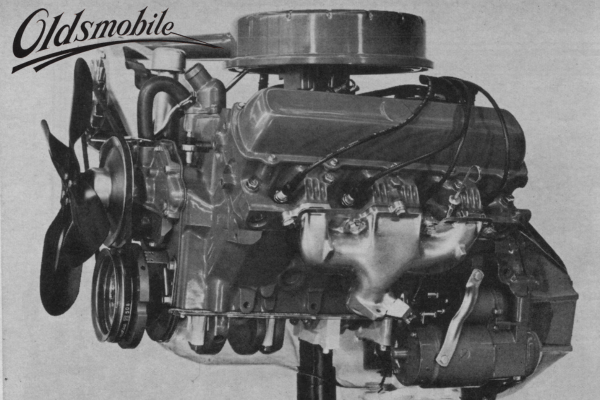2000 – 2010: Street vs. track – did it really matter? Oh yes it did
As we entered the new millennium, the quest by the auto manufacturers to be the “top gun” reached new plateaus. Actually, there were two venues that car makers attacked – the street and the track.
At the track, the Dodge Viper was successful in 1996, scoring wins in the 24 Hours of Le Mans, 12 Hours of Sebring, Petit Le Mans, and the 24 Hours of Daytona. In 1997, the Viper GTS-R won the FIA GT Driver and Manufacturer championships. This would begin a string of three consecutive FIA GT titles and five overall international GT titles for Team Viper. The Viper GTS-R scored its first class win at Le Mans in 1998 and would claim victory in GT2 for three straight years, running 1-2 in each of those events.
Team Viper Won the ALMS GTS class manufacturer and driver championship in 2000, the last full year the GTS-R competed with the series prior to this year. That same year, the Viper GTS-R became the first production-based American car to capture the overall win at the Rolex 24 at Daytona.
All of this was not lost on Ford. Their racing group – now called simply Ford Racing -developed a concept Mustang racer in 1999 that became a production offering – strictly for racing – in 2005 called the Mustang FR500. More on this later.
Can you say Hemi?
The big news in this decade was the release of the Gen 3 Hemi by Chrysler. In a “back-to-our-roots “ move, the Pentastar unveiled the new 5.7 liter Hemi in the Dodge Ram 1500 pickup line in 2003. They followed this up with Hemis in the Chrysler 300C and Dodge Magnum R/T in 2005 and the 4-door Dodge Charger in 2006. These Hemis were rated at 345 HP. The Chrysler SRT/8 versions of the Hemi were 6.0 liters producing 425 HP. These cars were FAST!
Starting off the decade at Ford
Ford began the decade with the SVT Mustang Cobra. This car used the 4.6 liter DOHC 32 valve modular engine tuned to produce 320 HP. While quick, it was still behind the LS engine Camaros and Firebirds. To keep pace with the Camaro/Firebird LS engine cars, Ford developed the Mustang Cobra “Terminator” for the model year 2003. This version of the Cobra Mustang added a supercharger to the 4.6 Liter DOHC motor to generate 390 HP, finally surpassing the LS1’s 325 HP.
Ford also debuted and produced an exciting ultra-HP road car – the Ford GT – in 2005. The Ford GT began as a concept car designed in anticipation of the automaker’s centennial year and as part of its drive to showcase and revive its “heritage” names such as Mustang and Thunderbird.
The GT was produced in model years 2005 and 2006, with the first customers taking delivery in August 2004. The Ford GT featured many new and unique technologies, including a superplastic-formed frame, aluminum body panels, roll-bonded floor panels, and a friction stir welded center tunnel, covered by a magnesium center console, and more.
The mid-mounted 5.4 L Modular V8 engine is all aluminum with a Lysholm twin screw-type supercharger. It features a forged rotating assembly housed in an aluminum block designed specifically for the GT program. A dry sump oiling system is employed, allowing the engine to sit low in the car’s frame. The DOHC 4-valve heads are a revision of the 2000 Ford Mustang SVT Cobra R cylinder heads. The camshafts have unique specifications, with more lift and duration than those found in the Shelby GT500.
Power output is 550 HP at 6500 rpm A Ricardo six-speed manual transmission is fitted featuring a helical limited-slip differential. Brakes are four-piston aluminum Brembo calipers with cross-drilled and vented rotors at all four corners. When the rear canopy is opened, the rear suspension components and engine are visible. The Ford GT was capable of low 11 sec quarter mile times.
GM Passes on the Pony Car
While all of this was going on, GM announced that the Camaro/Firebird would no longer be manufactured after the 2002 model year. Further shrinking their brands, GM stopped producing Oldsmobiles after April of 2004.
Chrysler too was shrinking brands by eliminating the Plymouth brand after the 2001 model year. That left Pontiac – the division that started the muscle car in 1964, to carry the load for GM.
At Pontiac – The return of the GTO and the G8
In 2004, the Pontiac GTO was re-launched in the U.S. market in the form of a rebadged, third-generation Holden Monaro. The Monaro-based GTO was a 2-door coupe variant of the Australian developed VT/VX Holden Commodore. The revival was prompted by former GM North America Chairman Bob Lutz, who had the idea of importing a Holden Commodore-based vehicle after reading a Car and Driver review of the Holden Commodore SS, published in 2000. Lutz convinced GM to import the car.
The GTO was equipped with the 5.7 liter LS1 V8 engine for the 2004 model year, the same engine found in the current model year Corvette, with a choice of a 6-speed manual transmission or a 4-speed automatic. Claimed performance of 5.3 seconds to 60 and a 13.8 second quarter mile time was verified by magazines.
The 2005 model year continued with standard hood scoops, split rear exhaust with a revised rear fascia, and late in the year, optional 18 inch wheels. The major change for 2005 was the replacement of the LS1 engine with the LS2 engine. 6.0L engine increased power and torque to 400 hp. Dashboard gauge graphics were also revised. With this improved power plant, Car and Driver magazine tested the car at 0–60 mph in 4.8 seconds and the ¼ mile in 13.3 seconds at 107 mph.
For 2006, changes included revised blacked-out tail lamps, illuminated steering wheel radio controls, faster moving power seat motors, and an interior power door lock switch. The climate control button for the A/C also had the word “Defog” added to it. The 2006 GTO was also equipped with the 400 HP 6.0L engine.
The Pontiac G8 was also an Australian import. The G8 was based on the GM Zeta platform, created by Holden for the VE Commodore in the Australian market. The G8 differs from the Commodore mainly in frontal styling and interior details. General production began 18 December 2007. The G8 was the first rear-wheel drive four-door sedan sold under the Pontiac name since the 1986 Bonneville.
A GT version of the G8 was offered, equipped with a 361 HP 6.0 L V8, featuring a 6-speed 6L80 automatic – capable of reaching 60 mph in 5.3 seconds, with quarter-mile times as low as 13.8 seconds. A 6-speed manual was being considered as an option on the GT model, but Pontiac decided against offering it, stating that it would instead be offered as an option on the G8 GXP.
The production version of the GXP was equipped with the more powerful LS3 V8 producing 415 hp. Both the six-speed Tremec TR-6060 manual transmission and the six-speed automatic transmission were available. The GXP reached 60 mph in 4.5 seconds, a quarter-mile time of 13.0 seconds at 109.6 mph.
The GXP had an upgraded, Nürburgring-tuned FE3 suspension package, as well as larger, ventilated Brembo disc brakes. It also features a unique front bumper cover and a rear (non-functional) diffuser to differentiate it from the standard Sedan and GT models. The last Pontiac G8 rolled off the assembly line on June 19, 2009. Pontiac ceased all production and was eliminated by GM in June 2010.
Retro styling – modern horsepower – back to the track
In 2003 Chevrolet introduced the SSR (Super Sport Roadster). This was a retractable hardtop convertible pickup truck manufactured by between 2003 and 2006. The SSR was a retro styling exercise based on the 1947-53 Chevy half ton pickup.
The 2003 and 2004 SSR model years used General Motors’ 5.3L 300 HP V8. Performance was 7.7 seconds for 0–60 mph with a 15.9 s/86.4 mph quarter mile run. The 2005 SSR used the 390 HP LS2 V8 also found in the C6 Corvette, Trailblazer SS, and Pontiac GTO, and also offered a manual transmission option, the six-speed Tremec, for the first time.
For the 2006 model year, the LS2 engine featured minor modifications that boosted its output to 395 HP (automatic transmission) and 400 HP (manual), respectively. Performance improved dramatically with the LS2, the 6-speed manual version had an advertised 0-60 mph time of 5.29 seconds. In addition, GM badges were added to the vehicle.
In 2005, Ford released the retro-look 5th generation Mustang. This all new car (in GT option) featured an all-aluminum 4.6 L 3-valve SOHC with a rugged Tremec TR-3650 transmission. The engine produced 300 HP @ 5750 rpm and 320 lb. ft. of torque @ 4500 rpm.
Simultaneously, Ford Racing offered the 2005 Ford Mustang FR500C. This was the direct result of the concept car developed in 1999 and aimed at the Koni Challenge racing series. This model won the manufacturers title in 2005 & 2008.
Powered by a 4.6 liter DOHC engine called the Cammer 50, it produced 420 HP. In 2007, Ford produced the Shelby GT500. This top-of-the-line performance Mustang used a 5.4 L (330 CID) 500 HP supercharged version of the modular V8 engine. The Shelby GT500 was produced for three years to 2009. Shelby GT Mustangs won the SCCA Pro Solo championship in the F-stock class from 2007 to 2009.
Ford returned to the drag strip in 2008 to commemorate the 40th anniversary of Ford winning the NHRA Winternationals with 1968 Cobra Jet Mustang. This was a drag race only version of the 2008 Mustang. The new Cobra Jet featured the supercharged 5.4L V8 of the standard Shelby GT500 but with a Whipple Blower that makes about 900 HP engine with a 6-speed manual or 3-speed automatic transmission, The car weighs 3,300 lbs. and has a full race-prepared suspension and 9” rear end for strength.
Dodge strikes back!
Lest you think that Ford had the track and street to themselves during the 1st decade of the 2000’s, think again. Chrysler has already pumped up the horsepower in the Gen3 Hemi in SRT/8 packages. In 2008, Dodge released the retro-styled Challenger coupe. It was the rebirth of the “pony car wars” of the late 60’s.
The new 2008 Challenger was available in R/T versions powered by 5.7L (345 cu in) Hemis rated at 345 HP. Or the SRT8s equipped with the 6.1L (370 cu in) Hemi and a 5-speed “AutoStick” automatic transmission. These cars immediately answered the Mustangs for street and strip superiority.
As we end the decade and begin the next, performance has taken us to never before seen heights. Manufactures are building and selling high performance and ultra-hi performance versions of Mustangs, Challengers and Chargers. Ford and Chrysler have developed specific race only versions of these cars for specific sanctioning body classes.
The Viper continued to strike on the international scene. So, 2010 saw the end of Pontiac at GM but the rebirth of the Camaro. Dodge introduced the Drag Pac SRT-8 and Ford continued with their Cobra Jet.
And it was only going to get wilder soon – hint – think COPO, Hellcat and Demon.
Click on the Images
Below to Enlarge
Performance Chronicles 2000 – 2010 Image 1
But they remembered their glory days from the 60’s with the introduction of the 2008 Cobra Jet – race only — Mustang
Performance Chronicles 2000 – 2010 Image 2
Chrysler was making history at Daytona with their Viper GTS -R
Performance Chronicles 2000 – 2010 Image 3
Can you say HEMI ? Dodge released the Gen III Hemi in 2003 in their Ram truck line. They were not shy about the Hemi’s purpose
Performance Chronicles 2000 – 2010 Image 4
n 2003 the Mustang SVT cobra “Terminator” could boil the hides in just about any gear.
Performance Chronicles 2000 – 2010 Image 5
The 2005 Ford GT was beautiful and fast — it was a perfect honor to the all conquering GT40’s of the 60’s
Performance Chronicles 2000 – 2010 Image 6
The 2004 Pontiac GTO featured the powerful LS1 (later the LS2) in an attempt to recapture the mystique of the original GTO
Performance Chronicles 2000 – 2010 Image 7
he first of Chevrolets retro-look cars was the 2003-2006 SSR. This very fast LS powered pickup/roadster took styling cues from the 1946 Chevy pickups
Performance Chronicles 2000 – 2010 Image 8
Ford hit another home run in the retro-look department with the release of the 2005 Mustang. In GT, SVT and Shelby variants they were truly fast cars
Performance Chronicles 2000 – 2010 Image 9
Chrysler was right inn the middle of the performance horsepower wars with the Hemi SRT packages inn the Magnum and Chargers
Performance Chronicles 2000 – 2010 Image 10
In 2008 Dodge released the retro-styled Challenger to rave reviews
Performance Chronicles 2000 – 2010 Image 11
Fordn followed up on it’s successful Mustang FR500 with the Cobra Jet — drag race package car — it was a winner from day 1




